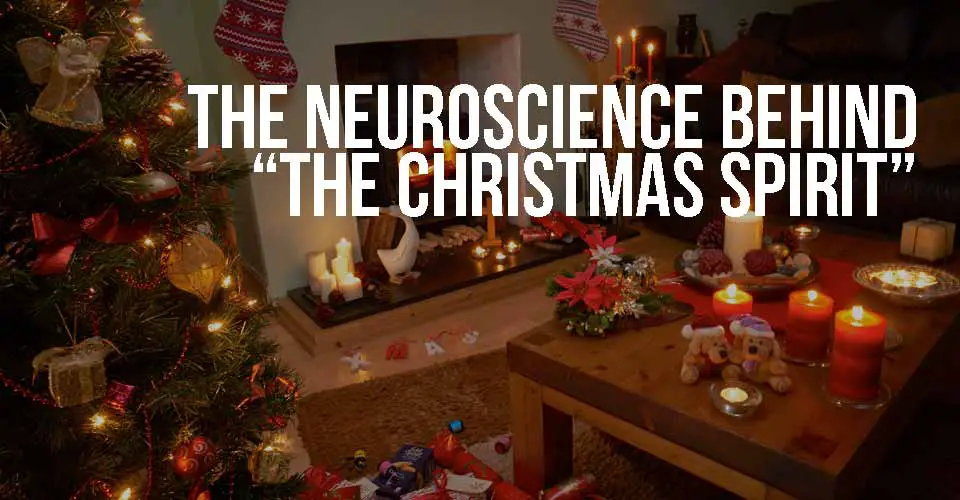This time of year, it seems that people have one of two opinions about Christmas: you love it or you hate it. For some people, this is the greatest time of the year. For others, they can’t wait for December 26th. A recent study that was published in the British Medical Journal (BMJ) Christmas Edition has discovered the actual location of the Christmas Spirit in the human brain. No, I’m not kidding. The Researchers quite literally set out to “detect and localise the Christmas spirit in the human brain.” Their reasoning for this? According to their introduction of their study, “Throughout the world, we estimate that millions of people are prone to displaying Christmas spirit deficiencies after many years of celebrating Christmas. We refer to this as the “bah humbug” syndrome. Accurate localisation of the Christmas spirit is a paramount first step in being able to help this group of patients.”
The study involved 20 participants who filled out a questionnaire about their Christmas traditions. Based on their responses, they were broken into two groups: Christmas and Non-Christmas. The two groups then put on a set of goggles that flashed 6 Christmas themed images for 2 seconds each, followed by 6 images that were similar but had nothing to do with Christmas.
While the participants viewed the images their brains were imaged by functional magnetic resonance imaging (fMRI). The participants weren’t aware of the Christmas theme of the study, so the use of two groups of images allowed for the brain to “rest” so that the fMRI could detect the differences they experienced.
Believe it or not, the researchers actually discovered the location in the brain that they believe is responsible for the “Christmas Spirit”. According to the study, “There is a cerebral response when people view Christmas images, and there are differences in this response between people who celebrate Christmas compared with those with no Christmas traditions.” The researchers went on to say, “We identified a functional Christmas network comprising several cortical areas, including the parietal lobules, the premotor cortex, and the somatosensory cortex.
Activation in these areas coincided well with our hypothesis that images with a Christmas theme would stimulate centres associated with the Christmas spirit.”

Now, I already know that there will be people that read the title of this article, and will immediately post a negative comment without reading this. I get it. The researchers admitted that although their research seems silly, it has real value as a neurological study. In their discussion section of their study, the researchers added, “We realise that some of our colleagues within the specialties of neuroscience and psychology, who we suspect could be afflicted by the aforementioned “bah humbug syndrome”, would argue that studies such as the present one overemphasise the importance of localised brain activity and that attempts to localise complex emotions in the brain contribute little to the understanding of these emotions.”
Read: The Amazing Neuroscience of Drummers
The real point of the study is two-fold. On one hand it shows the ability of fMRI imaging to show reactions in the brain on visual stimuli like images. Also, the study helps identify parts of the brain that are associated with culture and festivity – no matter what the specific occasion may be. Or, you know what? Maybe they just wanted to have some fun during a festive time of the year?



